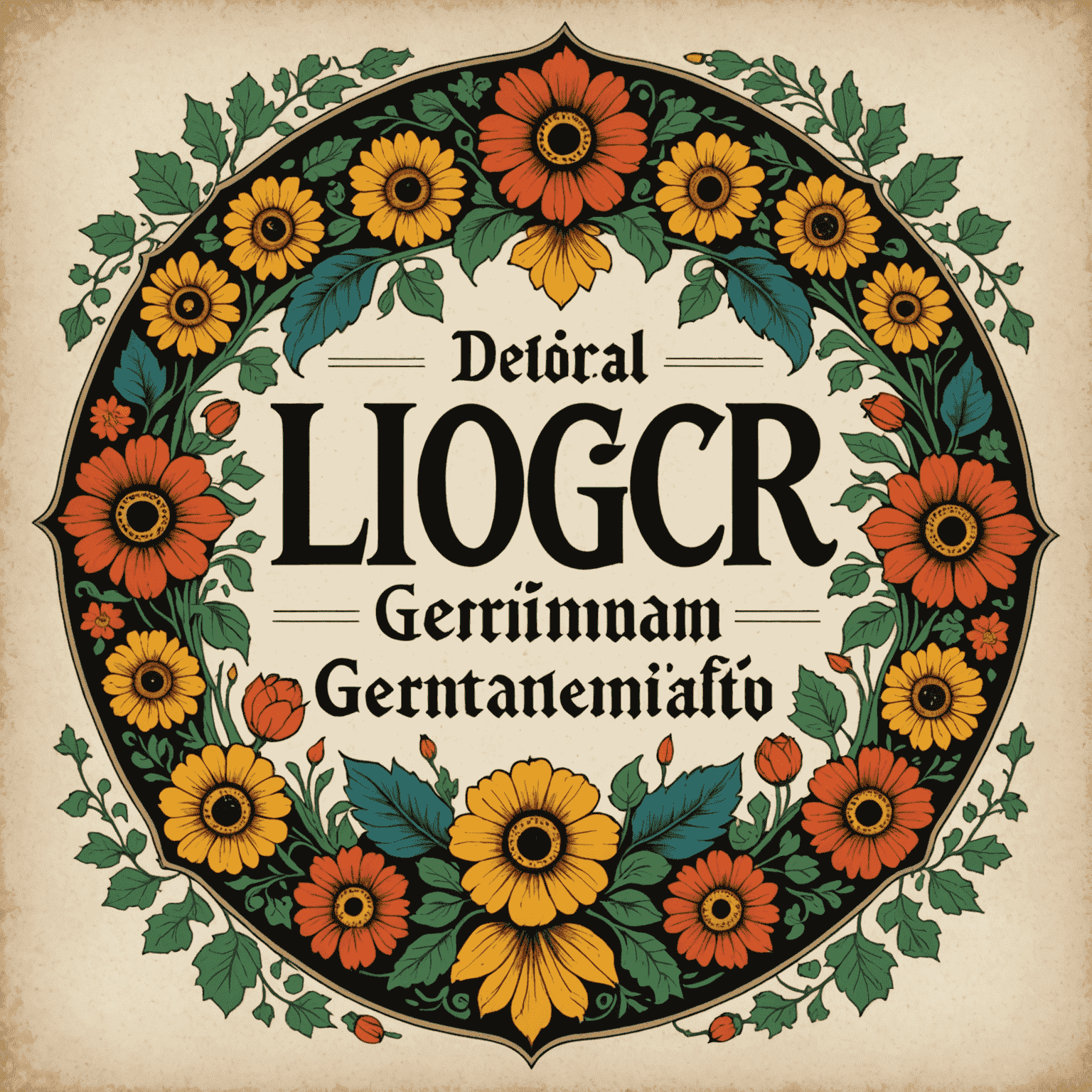German Festivals and Customs: A Tapestry of Tradition
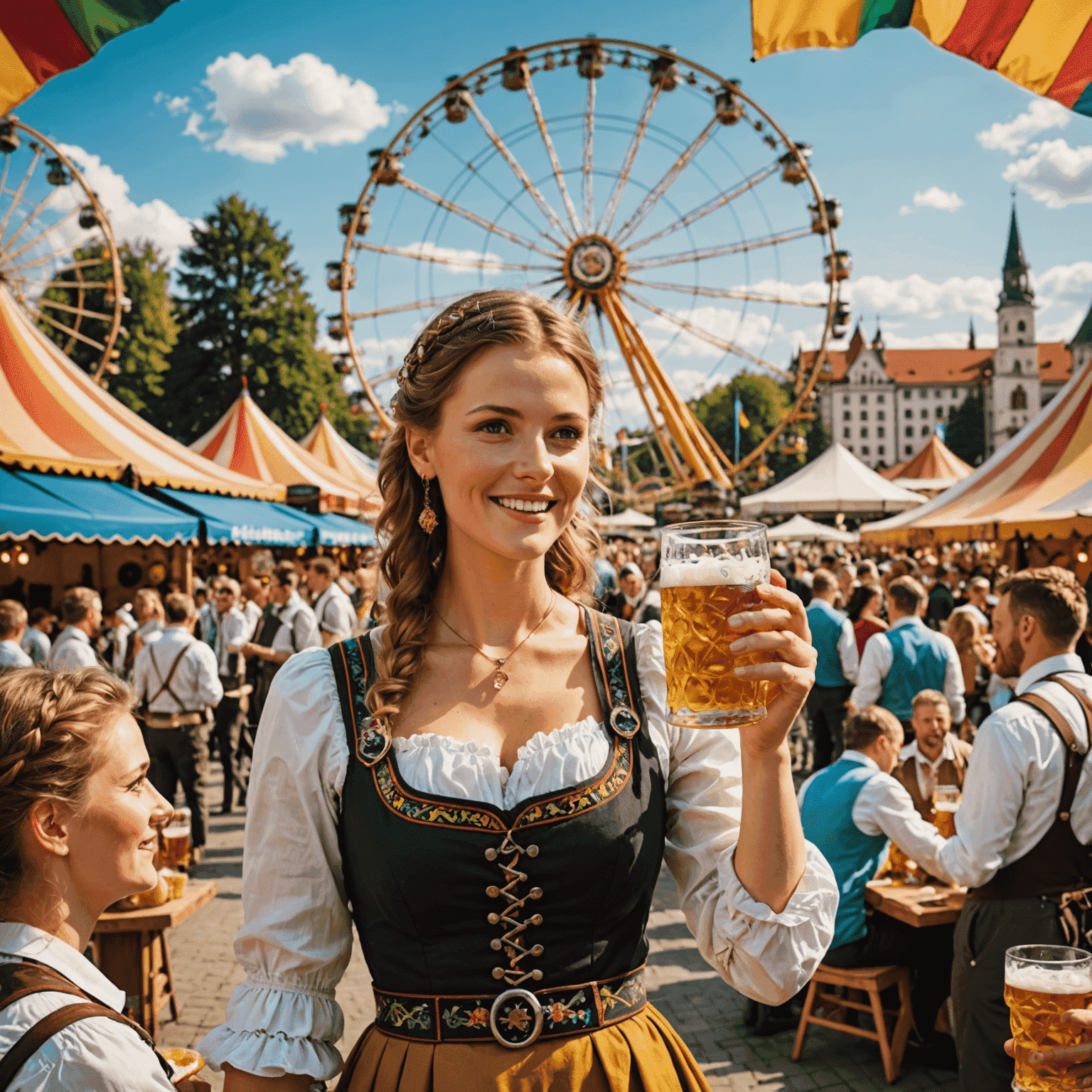
Germany's rich tapestry of festivals and customs is a testament to its deep-rooted cultural heritage. These celebrations, steeped in history and tradition, offer a glimpse into the heart of German folk culture. From the world-renowned Oktoberfest to the enchanting Christmas markets, each event is a unique expression of regional identity and national pride.
Oktoberfest: A Celebration of Bavarian Culture
Oktoberfest, held annually in Munich, is perhaps the most famous German festival. This 16-day folk celebration attracts millions of visitors from around the world. Revelers don traditional Bavarian attire – dirndls for women and lederhosen for men – and gather in massive beer tents to enjoy local brews, hearty cuisine, and lively music. The festival's origins date back to 1810, marking a royal wedding celebration that has since evolved into a beloved tradition.
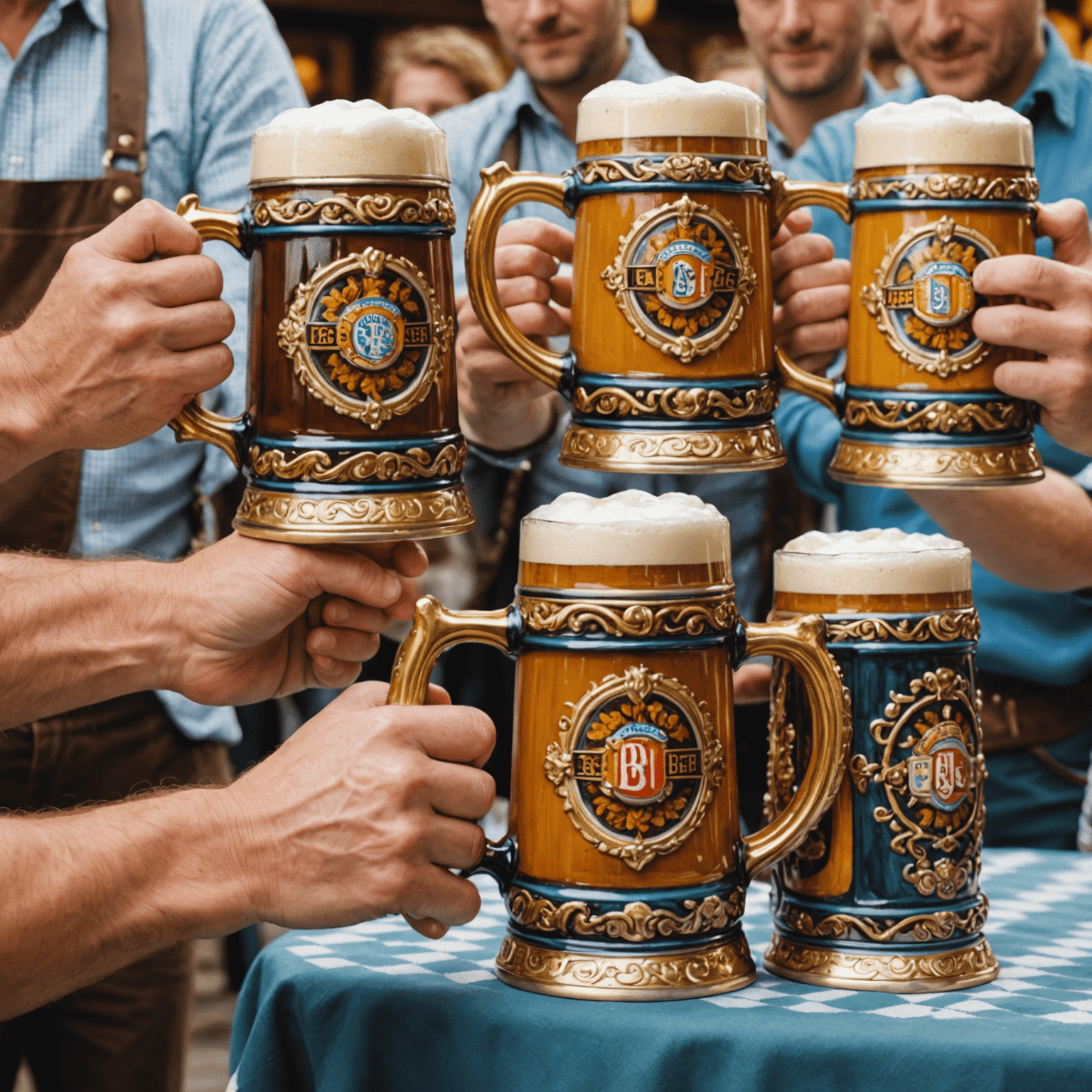
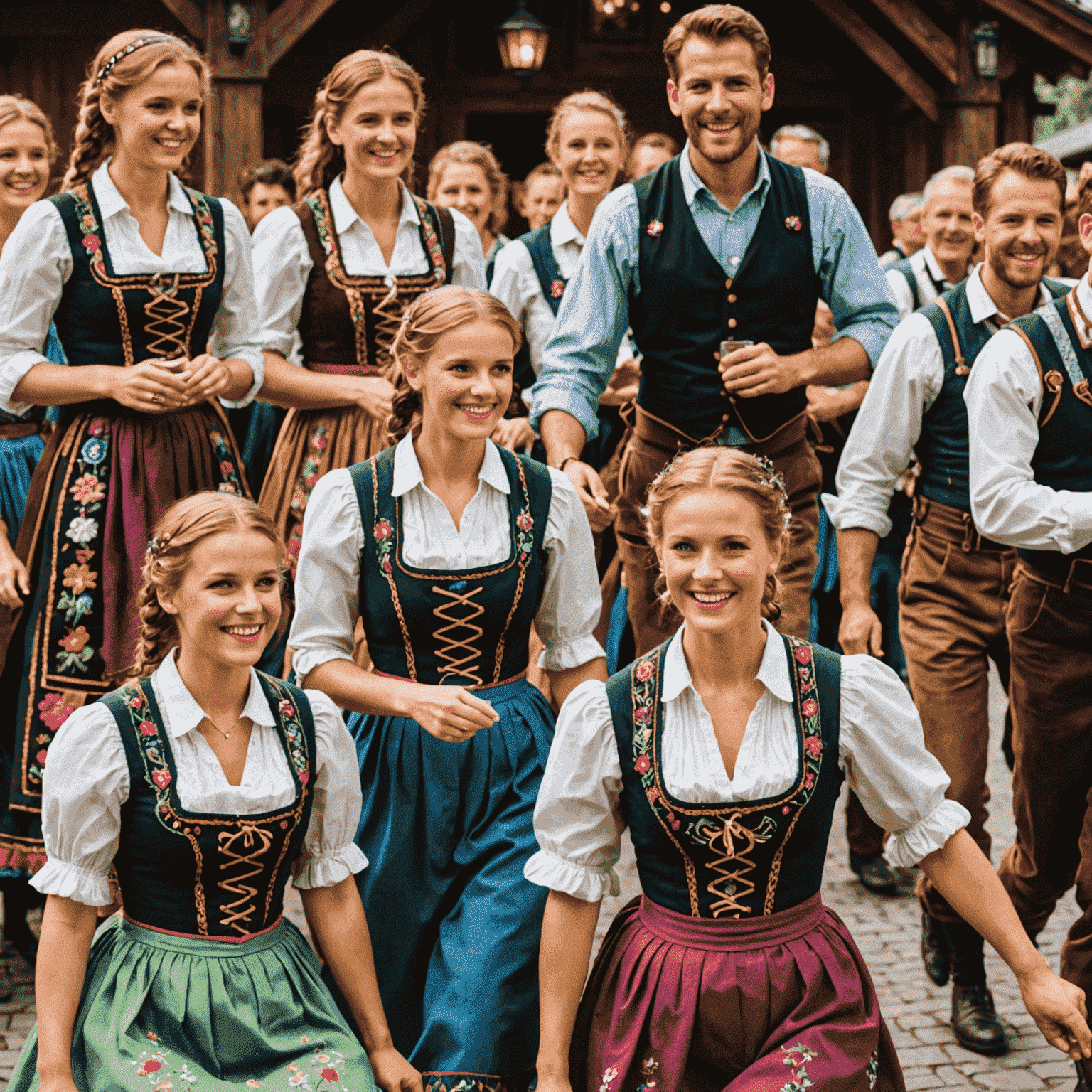
Christmas Markets: Winter Wonderlands
As winter descends, Germany transforms into a magical landscape of Christmas markets. These Weihnachtsmärkte, dating back to the Middle Ages, fill town squares with the aroma of mulled wine (Glühwein) and roasted chestnuts. Artisans display intricate handcrafted ornaments, wooden toys, and delicate glass decorations. The markets in Nuremberg, Dresden, and Cologne are particularly renowned for their size and adherence to tradition.
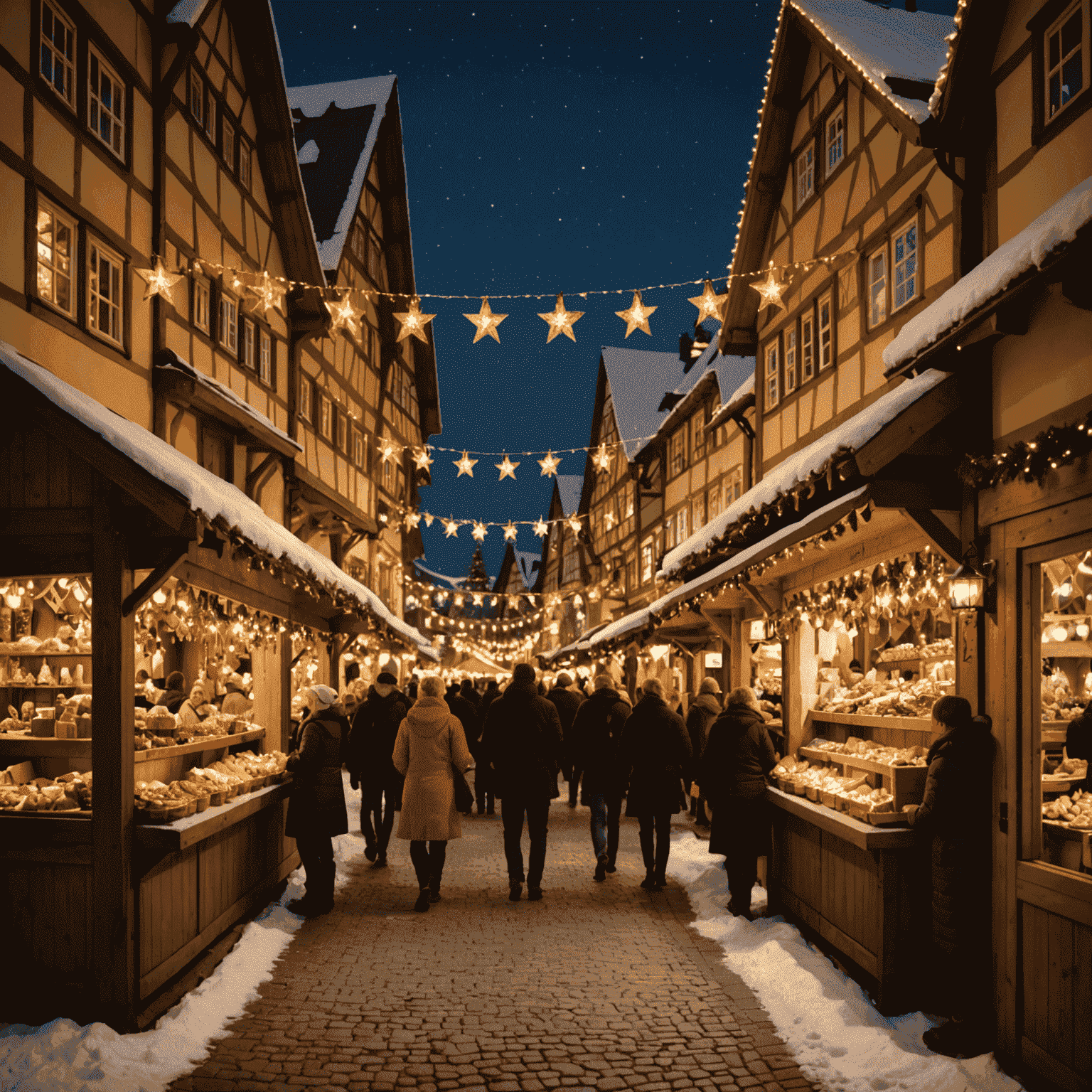
Regional Celebrations: A Mosaic of Traditions
Beyond these well-known events, Germany boasts a myriad of regional festivals that showcase local customs and artistry. The Rheinland region celebrates Karneval, a vibrant pre-Lenten festival featuring elaborate costumes and parades. In the Black Forest, the Fasnet celebration sees participants donning intricately carved wooden masks, a tradition dating back centuries.
The Maifest, or May Day celebrations, welcome spring with maypole dances and flower crowns in villages across the country. In wine-producing regions like the Mosel Valley, harvest festivals in autumn pay homage to the year's vintage with tastings, music, and traditional folk dances.
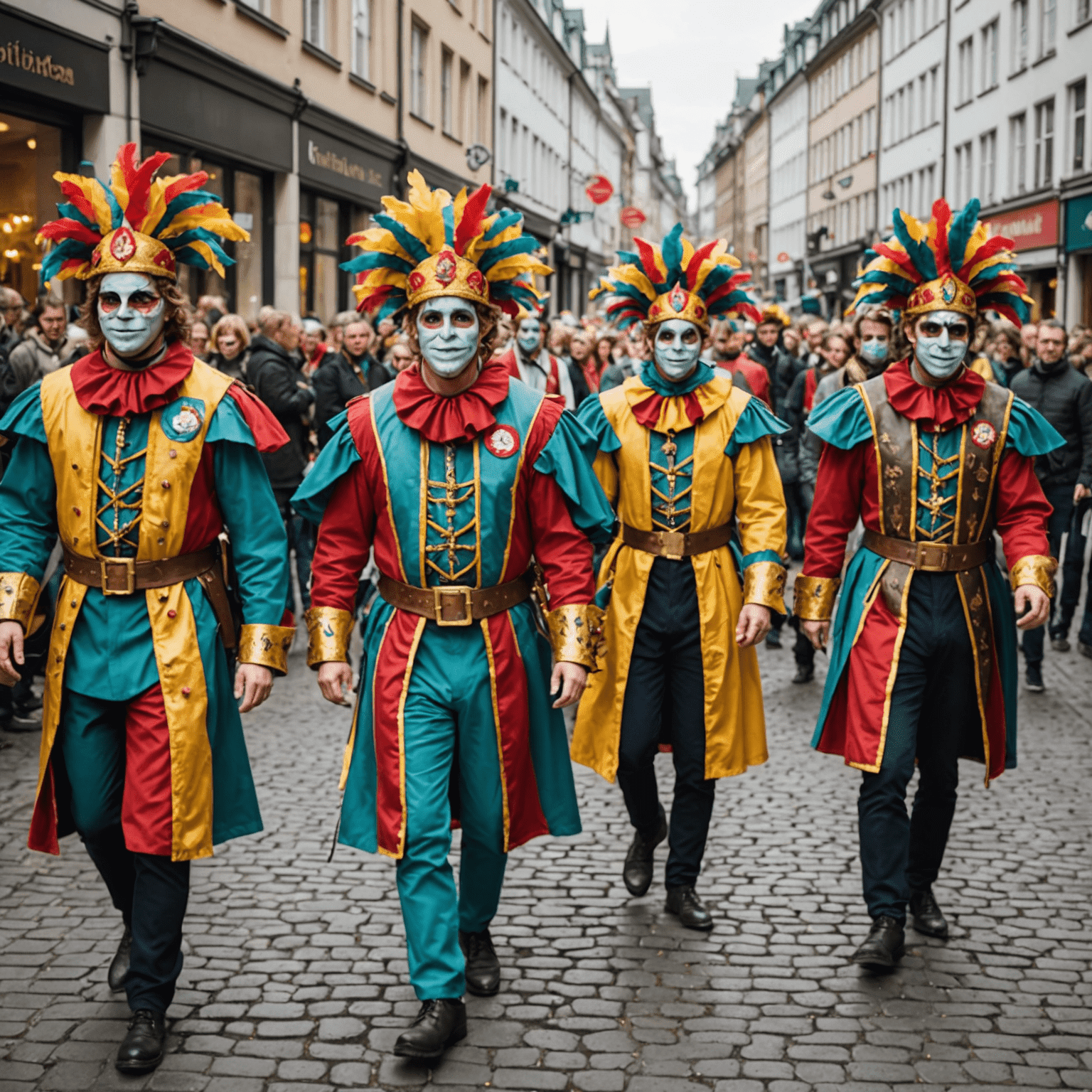
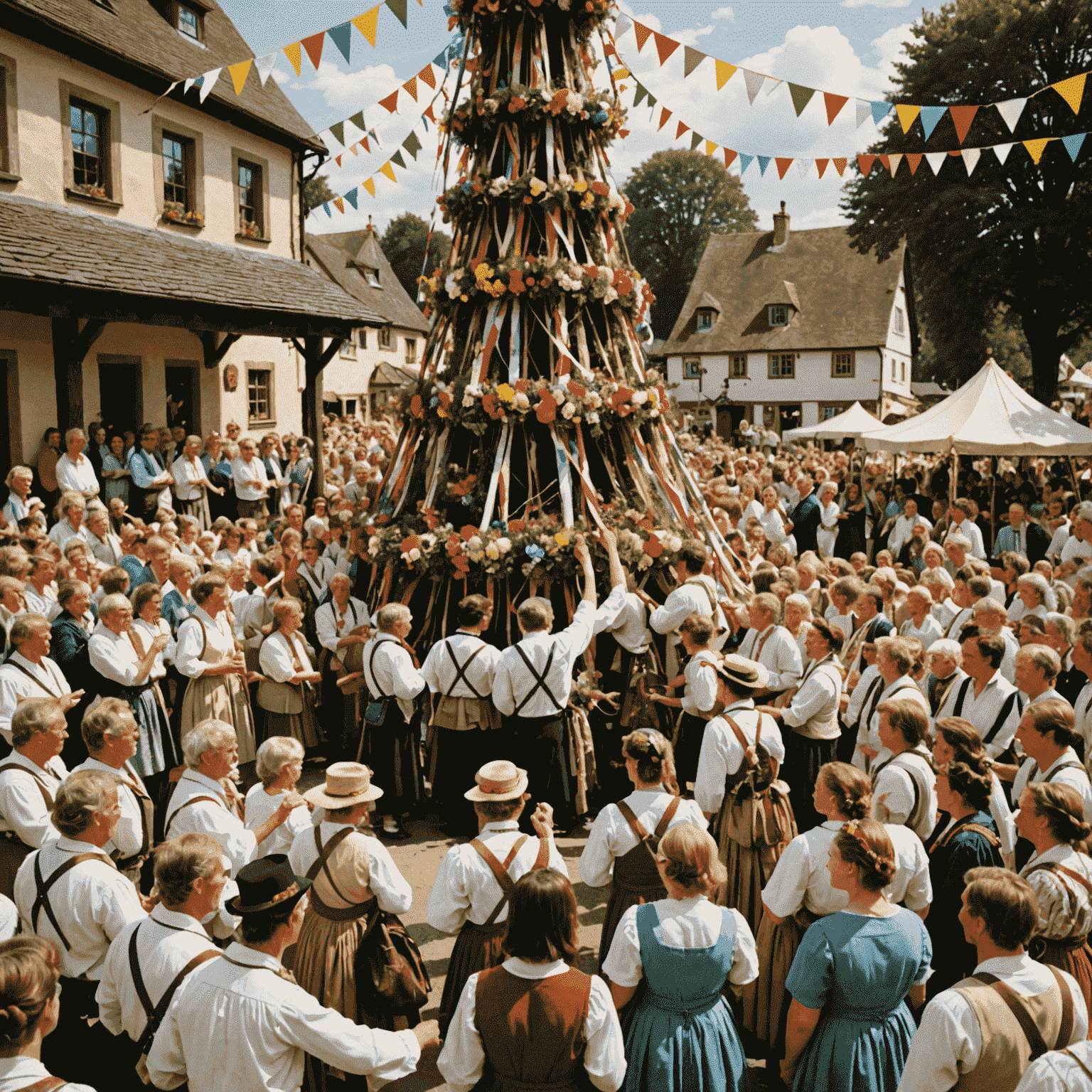
Preserving Heritage Through Celebration
These festivals and customs serve as living museums, preserving and celebrating Germany's rich cultural heritage. They offer both locals and visitors a chance to immerse themselves in traditions that have been passed down through generations. From the intricate embroidery of festival costumes to the time-honored recipes of seasonal dishes, each element tells a story of German craftsmanship and artistry.
As Germany continues to evolve in the modern world, these celebrations remain a vital link to its past, ensuring that the beauty of German traditions and folk art endures for future generations to cherish and enjoy.
